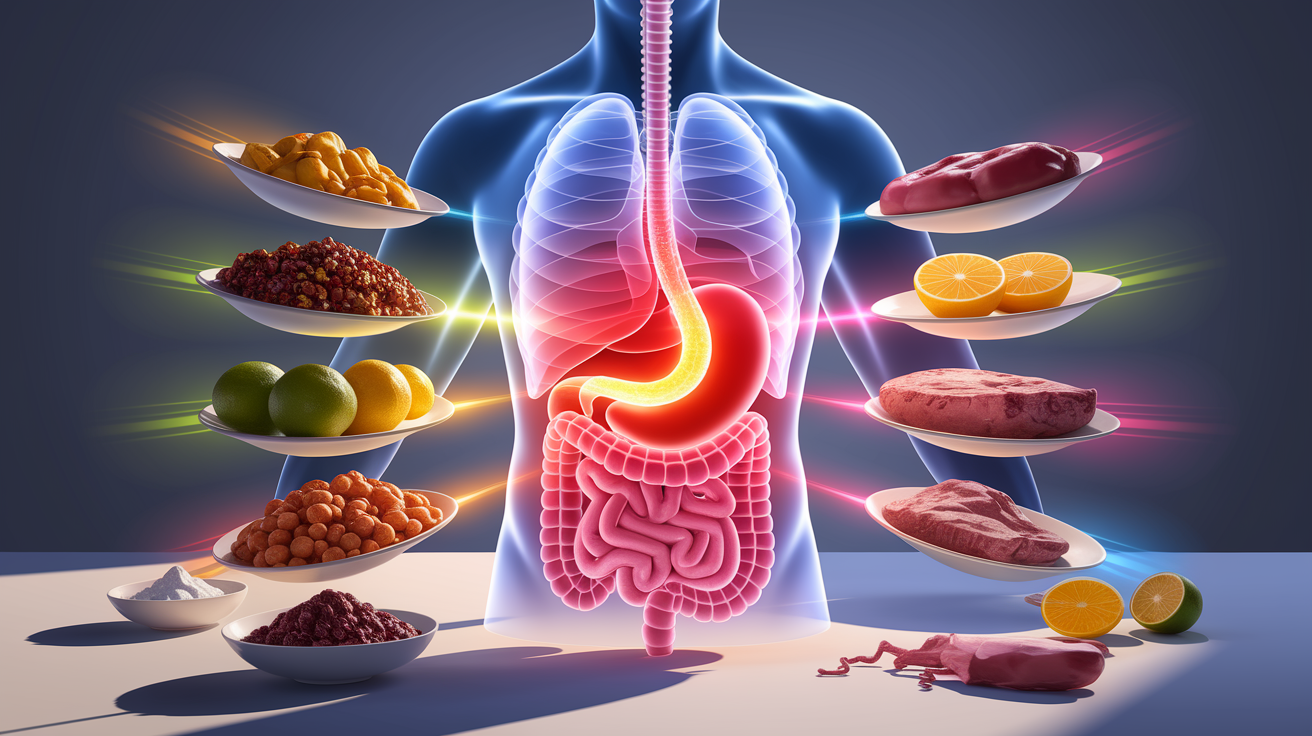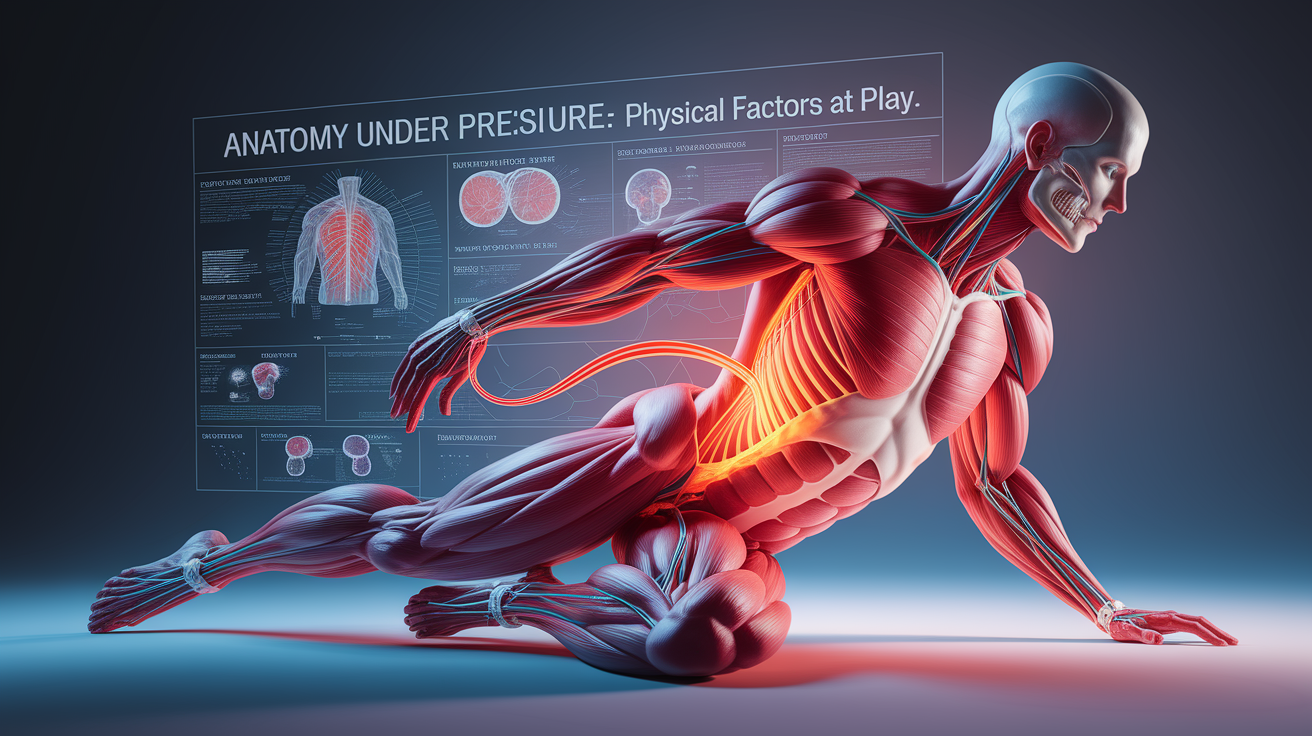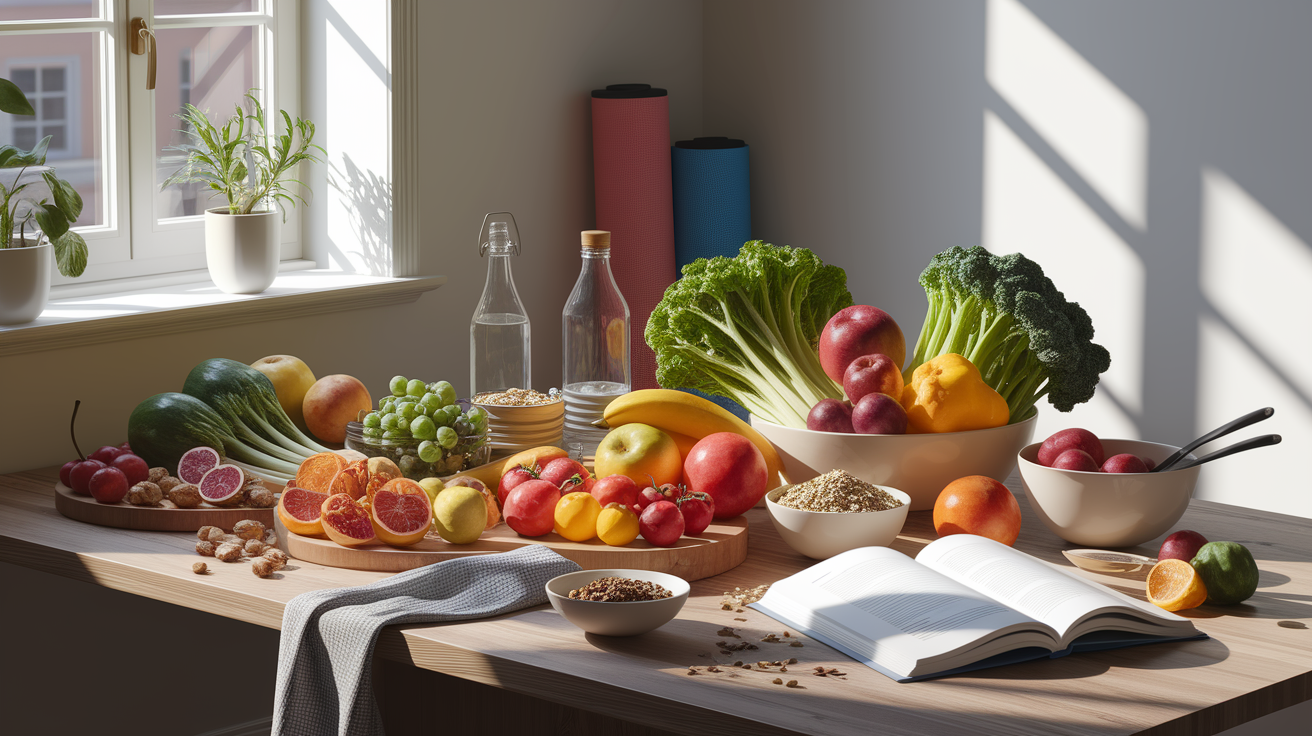Quick Answer: Acid reflux happens when stomach acid slips back into your esophagus due to a malfunction in the lower esophageal sphincter (LES) or other physical and lifestyle factors. This backflow can cause burning discomfort, especially after eating or when lying down. Understanding both the biological mechanics and daily habits involved helps in preventing and managing it.
Behind the Burn: What Truly Triggers Acid Reflux
If you’ve ever felt that unmistakable fiery sensation in your chest after a big meal, you’ve met acid reflux. At its core, acid reflux occurs when stomach acid flows backward into your esophagus—the food pipe that connects your throat to your stomach. Normally, your body has a one-way valve to keep that acid where it belongs. When that system falters, irritation follows.

The main culprit? The stomach’s acidic contents are designed to break down food but are harsh on the delicate lining of the esophagus. This mismatch is why heartburn feels so unpleasant.
The Sphincter Slip: How LES Malfunction Causes Backflow
The lower esophageal sphincter (LES) is a muscular ring at the junction where your esophagus meets your stomach. Think of it as a security guard for your upper digestive tract:

- When working right: Opens to let food in, then shuts tightly to keep stomach acid from escaping upward.
- When it malfunctions: The LES either doesn’t close fully or relaxes at the wrong time, letting acidic stomach contents climb into the esophagus.
Even a brief LES relaxation at the wrong moment—say, during a big laugh after dinner—can allow acid to splash upward and cause symptoms.
Anatomy Under Pressure: Physical Factors at Play
Several anatomical and physiological factors can raise the risk of reflux by affecting how well the LES does its job. Common examples include:

- Hiatal hernia: Part of the stomach pushes up through the diaphragm into the chest cavity, disrupting its natural barrier against acid reflux.
- Obesity: Extra abdominal fat increases internal pressure, pressing against the stomach and nudging acid upward.
- Pregnancy: The growing uterus applies pressure on the stomach, making reflux more likely.
- Esophageal motility problems: Weak or uncoordinated esophageal muscles make it harder to clear any acid that sneaks up.
Simply put, anything that increases abdominal pressure or weakens digestive structure function can encourage stomach contents backing up into the esophagus.
Dietary and Lifestyle Sparks: Everyday Triggers
Even with a normal digestive anatomy, certain habits and foods can fire up reflux episodes. These dietary and lifestyle sparks include:

- Large or fatty meals that delay gastric emptying.
- Eating right before bedtime, which reduces the effect of gravity on digestion.
- Trigger foods and drinks like citrus fruits, tomato products, chocolate, mint, garlic, onions, spicy foods, alcohol, coffee, and carbonated beverages (source).
- Smoking, which relaxes the LES muscle.
- Certain medications such as aspirin, ibuprofen, and some blood pressure drugs that can worsen reflux.
Keeping a food and symptom diary can help identify your personal troublemakers.
Complications of Continuous Backwash
Occasional acid reflux may be uncomfortable, but frequent backflow—known as GERD or gastroesophageal reflux disease—can become more serious. Chronic irritation from stomach acid can cause:

- Esophagitis: Inflammation and swelling of the esophageal lining.
- Barrett’s esophagus: Changes in the esophageal tissue that can increase cancer risk.
- Strictures: Narrowing of the esophagus due to scar tissue, making swallowing difficult.
- Elevated risk for esophageal cancer.
The esophagus is not built to handle repeated acid attacks. Over time, damage can impair digestion and overall health.
Turning the Tide: Regaining Digestive Peace
The good news is that many people can successfully reduce reflux episodes with practical strategies:
- Eat smaller, lighter meals and avoid lying down for at least two to three hours afterward.
- Identify and limit trigger foods and beverages.
- Raise the head of your bed to prevent nighttime reflux.
- Maintain a healthy weight to reduce abdominal pressure.
- Quit smoking to improve LES function.
- Discuss persistent symptoms with a healthcare provider—treatments may include antacids, H2 blockers, or proton pump inhibitors for reducing gastric acid secretion.
By addressing both biological and lifestyle contributors, you can protect your esophagus and enjoy more comfortable digestion.













